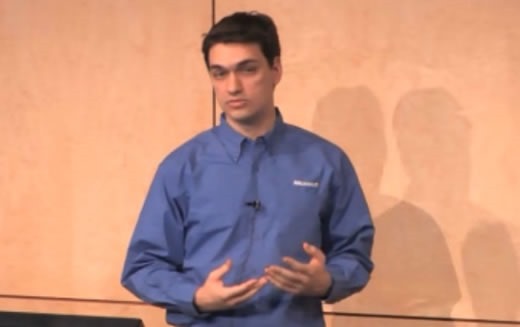Definitive list of Windows Server installations without GUIs
‘Server Core’ has been around for quite a while. Roughly for as long as this domain exists (registered on January 19, 2008, while Windows Server 2008 was released on February 4, 2008).
About Server Core
Server Core is a significantly scaled-back installation and/or run type for Windows Server where no Windows Explorer shell is installed. All configuration and maintenance is done entirely through command-line interface windows, or by connecting to the machine remotely using Microsoft Management Console. However, Notepad and some control panel applets, such as Regional Settings, are available.
Microsoft’s primary motivation for producing a Server Core variant of Windows Server was to reduce the attack surface of the operating system.
List of Windows Server versions
A question I get regularly is which Windows Server versions can be run without Graphical User Interface, which Windows Server versions come without a GUI and which Windows Server offer the Server Core installation option.
The list below serves as the definitive list of released Windows Server versions.
It will be updated when Microsoft releases new versions of Windows Server.
Windows Server 2008
Released: February 4, 2008
Server Core: Installation option
Windows Server 2008 was the first version of Windows Server 2008, where the Server Core installation option could be chosen. Server Core was not the default installation option. Server Core installations of Windows Server 2008 do not offer .NET or PowerShell, but do offer the pre-release version of Hyper-V out of the box.
Hyper-V Server 2008
Released: December 30, 2008
Server Core: Only
Hyper-V Server 2008 was the first release of Microsoft’s purpose-built Hypervisor installation version. It is unavailable with a GUI and most Server Roles cannot be installed or configured. To facilitate configuring Hyper-V Server, it came with hvconfig.cmd, hvconfig.vbs and WUA_SearchDownloadInstall.vbs.
Windows Server 2008 R2
Released: October 22, 2009
Server Core: Installation option
Windows Server 2008 R2 added .NET and Windows PowerShell to the Server Core installation option.
Hyper-V Server 2008 R2
Released: October 22, 2009
Server Core: Only
Hyper-V Server 2008 R2 was introduced alongside Windows Server 2008 R2.
Windows Server 2012
Released: October 30, 2012
Server Core: Default installation option, switchable
Windows Server 2012 did away with the Enterprise edition of Windows Server. However, it added the ability to add and remove the GUI layers in full installations of Windows Server to get to a Server Core installation from an attack surface point of view.
Server Core installation of Windows Server 2012 were the first installations that featured sconfig.cmd, a derivative of Hyper-V Server’s hvconfig.cmd.
Hyper-V Server 2012
Released: October 30, 2012
Server Core: Only
Hyper-V Server 2012 is a logical upgrade to Hyper-V Server 2008 R2.
Windows Server 2012 R2
Released: November 25, 2013
Server Core: Default installation option, switchable
Windows Server 2012 R2 introduced several new roles, including the new Web Application Proxy role, that are perfectly suitable to be outfitted as Server Core installations. This is the last version where the GUI layers can be removed and added.
Hyper-V Server 2012 R2
Released: November 25, 2013
Server Core: Only
Hyper-V Server 2012 R2 is the purpose-built version of Windows Server for Hyper-V.
Windows Server 2016
Released: October 15, 2016
Server Core: Default installation option
Windows Server 2016 removed the ability to add and remove the GUI layers. If Server Core is needed, it needs to be installed as Server Core installation. In this version, ‘Full installation’ is remarketed as ‘Windows Server with Desktop Experience’.
Windows Server 2016 is the first Long Term Servicing Channel (LTSC) release in Microsoft’s new release schedule for Windows Server.
Hyper-V Server 2016
Released: October 15, 2016
Server Core: Only
Windows Server, version 1803
Released: April 30, 2018
Server Core: Only
Windows Server version 1803 was the first semi-annual (SAC) release of Windows Server. Semi-annual releases are available as Server Core, only. Windows Server version 1803 focused on making container technology available to organizations.
Windows Server, version 1809
Released: November 13, 2018
Server Core: Only
Windows Server version 19809 is a semi-annual release of Windows Server as Server Core only. Its release coincided with the release of Windows Server 2019, but offered many skip-ahead features.
Windows Server 2019
Released: November 13, 2018 (December 2018)
Server Core: Default installation option
After being announced at Ignite 2018 in Orlando, Microsoft released Windows Server 2019 on November 23, 2018. It was released for two short days, until reported problems lead to the conclusion at Microsoft that the quality of the Operating Systems was sub-par. It was rereleased in December 2018 and features Features on Demand for application compatibility.
Windows Server, version 1903
Released: May 21, 2019
Server Core: Only
Windows Server version 1903 is a semi-annual release of Windows Server as Server Core only.
Hyper-V Server 2019
Released: November 13, 2018 (June 2019)
Server Core: Only
After many months of delays, Hyper-V Server 2019 was released in June 2019.

 While I write this,
While I write this,  I feel Microsoft is doing a great job when it comes to the default security of their products. I’m not the only one, as Microsoft attitude towards security and user-friendliness has even earned it
I feel Microsoft is doing a great job when it comes to the default security of their products. I’m not the only one, as Microsoft attitude towards security and user-friendliness has even earned it 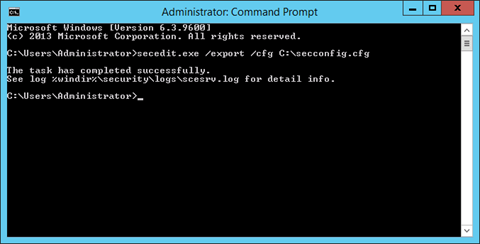
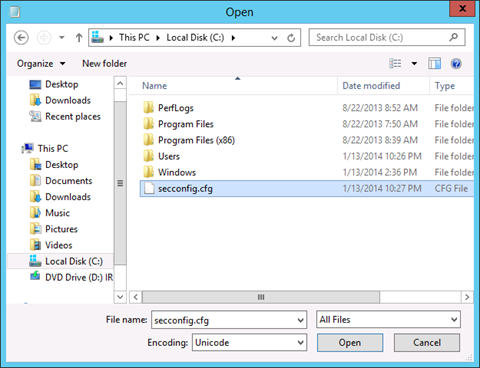
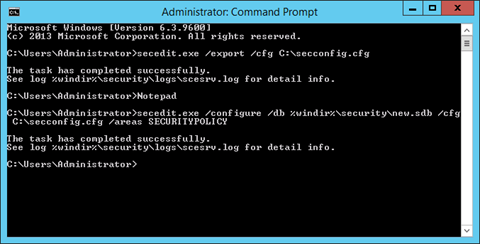
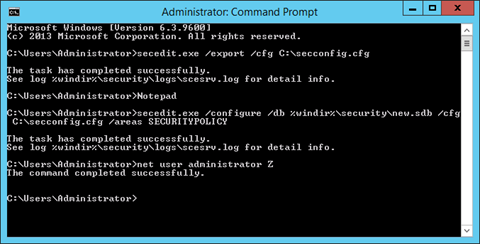
 When you’re a current TechNet and/or MSDN subscriber, you’re in luck today!
When you’re a current TechNet and/or MSDN subscriber, you’re in luck today!  You might be interested in working with the available Server Roles in Server Core installations of Windows Server 2012.
You might be interested in working with the available Server Roles in Server Core installations of Windows Server 2012. 